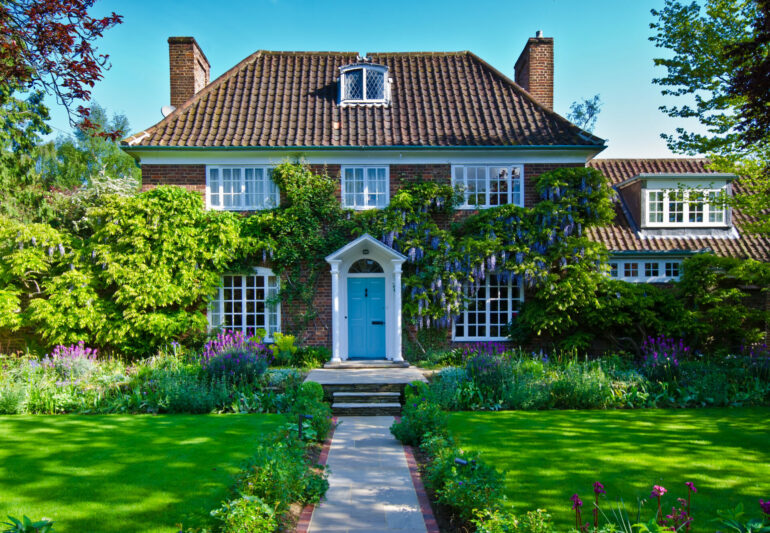A reassessment of property requirements will continue to influence the country house market throughout 2023, with faultless, best in class properties most likely to maintain their value, according to national estate agency Jackson-Stops.
It said those homeworkers who remain unaffected by the reopening of their offices, who have settled well into their first move out of the capital, will now have the confidence to carve out deeper roots in the countryside. These factors, coupled with a desire for more space, will ensure the rural homes renaissance continues throughout 2023.
Energy efficiency will become an even greater priority for buyers next year, with many house hunters opting for homes with EV charging points, upgraded insulation and ground source heat pumps, to offset rising running costs.
Homes with planning permission already in place will continue to command a premium, with the potential to save months of time by allowing buyers to do a ‘double jump’ purchase.
As the cost of moving home rises, 2023 will continue to see many buyers look to future-proof their next move and buy a property with the opportunity to extend or convert in order to cater for possible lifestyles changes in the future.
Dawn Carritt, consultant to Jackson-Stops Country Houses, said: “While a slight readjustment in the market shouldn’t be unexpected, seeing house prices fall in the region of -2% to -4%, dependent on location, there remains many positives for buyers and sellers despite market uncertainties in the latter part of 2022.
“We’re not in a ‘cappuccino market’; all froth on top and funded by borrowing. This is particularly true for the current country house market, where cash purchases are much more commonplace than ever before, in turn creating a much smaller proportion of risk in the borrowing market.
“Around 36% of UK properties are currently owned outright, often those who have been lucky enough to capitalise on the house price boom over the past decade and build substantial equity in their homes. This figure has increased by 21% since 2012 and continues to increase each year.
“It’s understandable then, that unlike baby boomers, many first-time buyers who have never experienced a high interest rate environment before are delaying their move in the short term as they struggling to find an affordable mortgage option.
“However, in the long-term, the outlook is much more positive as house prices and rates both stabilise, leaving the market in a much stronger position now than it was in the 1990s or early 2000s.
“The prettiest home on the street will always sell fastest in a competitive market and can command a premium as a result.
“Buyers always want to be the best and have the best, and a bad exterior can be hard to improve, but perfect interiors are fast becoming the more important asset in a market of home working and home entertaining, especially as renovations are becoming more costly and drawn out than ever before.”




